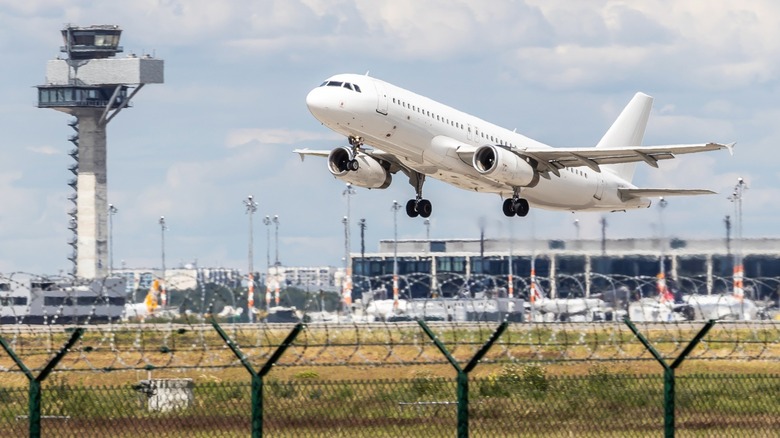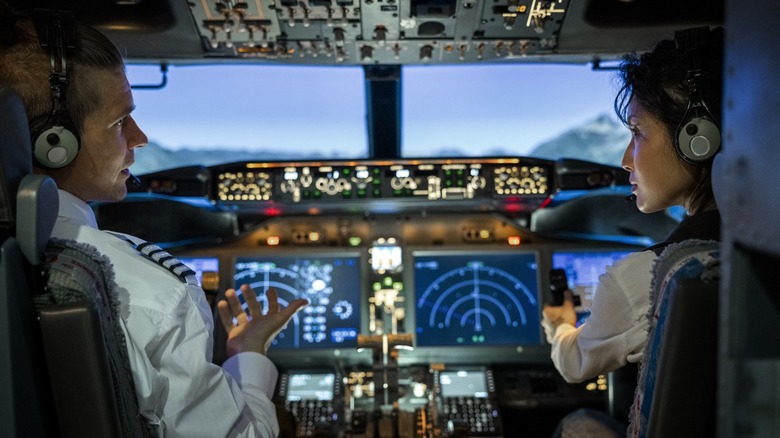Can Autopilot Land A Plane On Its Own?
When people say "autopilot," they usually refer to the suite of automated flying capabilities and plane attitude control that an airplane can do. However, what "autopilot" is varies from plane to plane, with some having more automated flying features than others.
In most modern commercial aircraft, autopilot is more than just a sky version of cruise control, this feature can handle nearly the entire flight. So, flight maneuvers like climbing, cruising, and descending are usually squarely in autopilot's domain. Landing, on the other hand, that's a different story. Not all autopilot systems are capable of autoland, which is the specific feature that allows a plane to land entirely on its own, including managing descent, flare, and touchdown. While most (if not all) large commercial jets have autoland, one of the best jets from Boeing, the Boeing 777, boasts really good automated landing, according to some pilots.
Additionally, autoland is typically reserved for very low visibility situations, like heavy fog, and has several requirements before it's even possible. Apart from an autoland-capable plane, obviously, the airport itself must have an Instrument Landing System (ILS) that supports Category III approaches. The pilots must also have at least two autopilots activated at the same time for emergency redundancies just in case one system fails. In situations where there aren't two autopilots, the pilot must be ready to continue from wherever autopilot fails.
The answer to the question is yes — some planes can land using autopilot, but it's not always available.
How autoland actually works
Before a plane begins its autoland, the pilots must first configure the aircraft using the Flight Management System (FMS), inputting the approach data. ILS then tunes the plane with radio signals so it knows where the runway ends (via a localizer) and if it's too high or too low (via the glide slope). Together, these signals help the aircraft follow a precise path down to the runway. ILS equipment is physically located at the airport; they build the antennas near and along the runway.
As the plane nears the airport, it intercepts the glide slope and begins its controlled descent toward the runway. During this time, autoland continuously adjusts throttle (using autothrottle), controls pitch and roll to stay centered, and guides yaw (using rudder trim) to counteract crosswinds and stay aligned — but this isn't always the same in all airplanes. The pilots monitor the system through this process but don't touch the controls unless something goes wrong. If all systems remain within parameters, the plane continues descending automatically.
When it reaches the correct height above the runway, autoland initiates the flare — a maneuver that gently raises the nose of the aircraft to reduce descent rate and prepare for smooth touchdown. This is one of the most difficult parts of manual landing, especially in low visibility, but autoland handles it using inputs from radar altimeters that measure altitude with extreme precision. In some aircraft autobrakes and thrust reverses would be deployed with some pilot input after touchdown. Depending on the plane, autopilot will steer the aircraft along the runway centerline during the rollout phase. The rest, like taxiing, is now up to the pilot.

